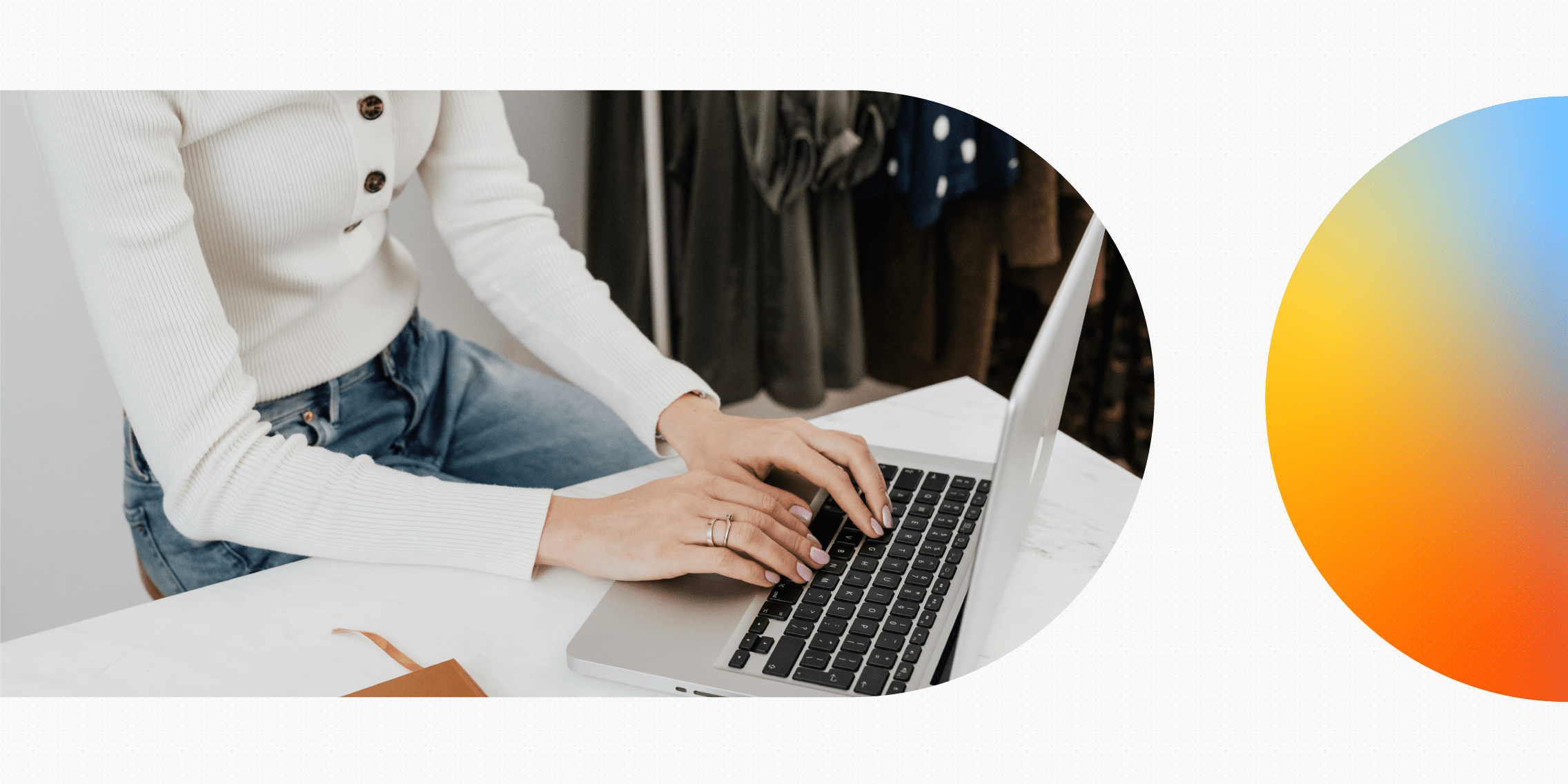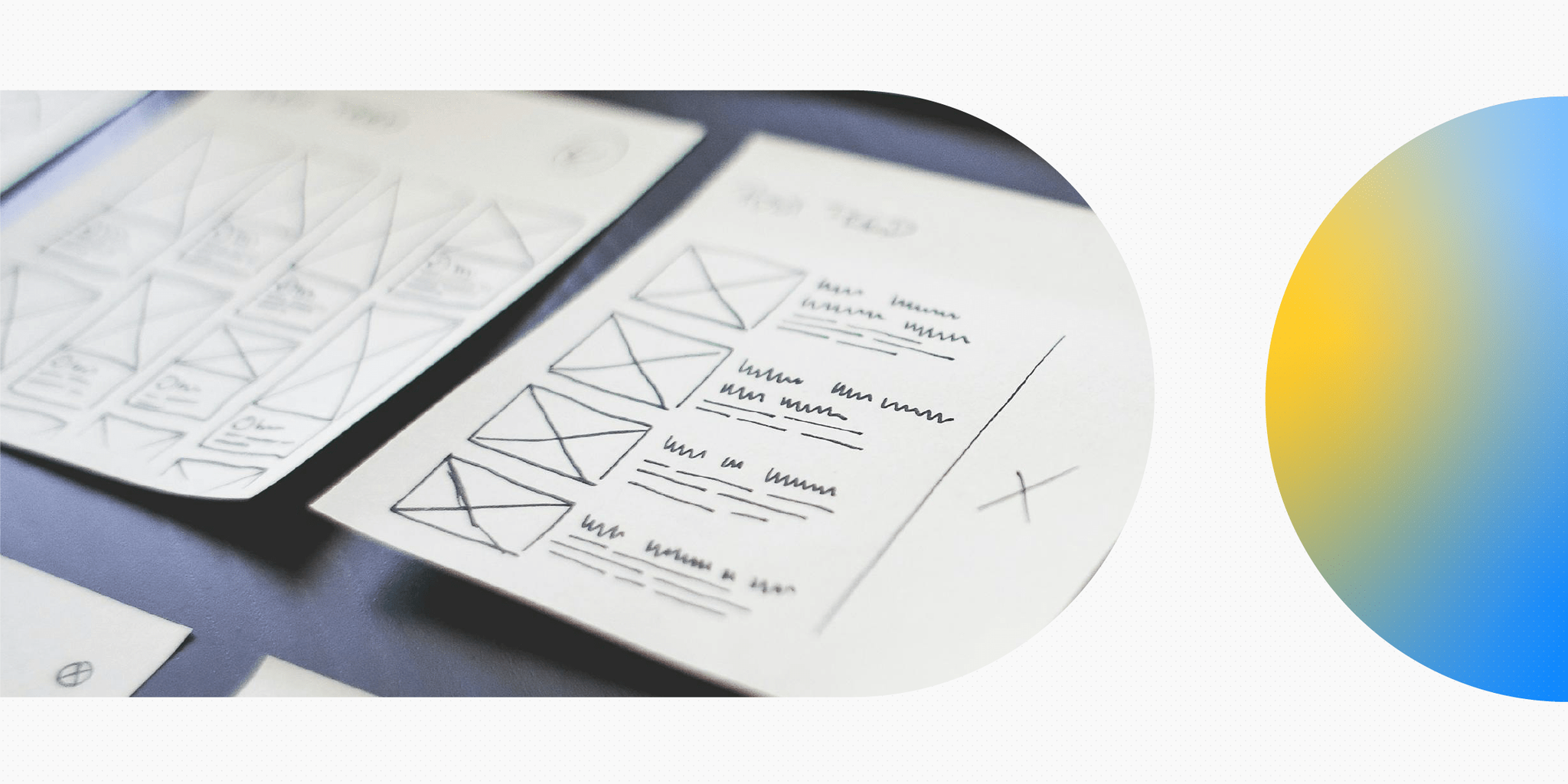If you’re considering switching careers to UX design, you might be feeling some doubt or imposter syndrome. Are there specific careers from which you can transition into UX easily? Will I be able to get a job without any UX experience? Lucky for you, we have created a UX transferable skills checklist to help you make up your mind.
The experience you bring from your previous career will almost always be an asset when switching to UX design. Transferable skills can come from almost anywhere. At its heart, UX is about empathy and creating systems for real people. From food service to marketing, you likely already have some experience that’s relevant to UX.
First, let’s define transferable skills. You might already have these skills from your previous work, life or school experience. Any existing skills you already have could mean a head start in your UX education and be positioned on your CV to help you land a job faster.
Transferable skills checklist: 7 skills for career switchers
Wondering if UX might be a good move for you? Compare these seven skills and former career paths to what you have on your CV. You might already have some of the UX design skills you need to succeed and if you do, you can tick them off the transferable skills checklist and start UX design journey.
Critical thinking
Critical thinking skills help UX designers evaluate and analyse the information they gather during the research and requirements phase. They use problem-solving to improve user experience and overcome roadblocks. Creativity and curiosity are essential characteristics of UX designers, which are also common traits in many other careers. You may have learned critical thinking in school or informally when you’ve solved problems in your previous career.
Careers: Academia, Entrepreneur, Law, Medical, Psychology, Social Work, Engineering, Data Science
Listening
UX designers accept feedback and apply it to their designs amicably. Feedback can come from users, co-workers, stakeholders or clients. It’s not personal – it’s just part of the job.
UX designers listen to users and focus groups during research. They respond with empathy and understanding. Keeping an open mind to the information they gather is an integral part of the design process. This is how optimal user design is achieved.
You’ve probably spent a decent amount of time listening during your career. You might have listened to feedback and applied it, provided an empathetic environment or gathered information from the people you worked with.
Careers: Education, Graphic Design, Marketing, Medical, Psychology, Service Industry, Sales, Social Work
Writing
Writing is an essential part of UX design. Some UX departments have one person who solely focuses on UX writing, including microcopy, buttons, menus, pop-up messages and instructions. Even if a team includes a dedicated UX writer, all UX designers must be confident in writing specifications, documentation and other information that communicates their designs and how the user will interact with them. Any job involving writing and storytelling will likely transition into UX writing relatively easily.
Careers: Academia, Law, Education, Journalism, Marketing, Sales, Writing
Research
For some UX teams, design and research are two separate roles. However, it’s still necessary for all UX designers to understand how to perform and interpret the results of user research and testing. UX designers incorporate the results from their research into their designs in the early phases of the project. After the project is complete, optimisations might be made from more research and testing.
Skills like creating user personas, conducting user interviews, asking the right questions, card sorting studies and other research methods are all employed by UX designers. Marketers, journalists, academics and data scientists might have experience with these skills already.
Careers: Academia, Journalism, Marketing, Writing, Engineering, Data Science
Collaboration
UX design is a collaborative position. A UX designer will work with other designers, writers, developers, markets, stakeholders, and more on any given project. They also need to confidently present their ideas to clients and stakeholders while staying open to feedback. Good communication skills aren’t optional in this role.
Any job that requires collaboration, communication, leadership and presentation is a fantastic precursor for UX design. Good communication can make or break a project, so if you already have this skill, you’ll be well on your way to fitting into a UX team!
Careers: Architecture, Marketing, Service Industry, Photography, Human Resources, Music
Design skills
UX design depends on creating visual designs. UX designers don’t have to add images and colours. But they must use visual design to show users how to interact with the product. UX designers communicate visually. That can be through text size, element placement, visual hierarchy, buttons and white space.
While you might not have the exact visual design tools or skills yet, you probably know colour theory, visual hierarchy, branding, typography, white space and element placement if you’ve done any visual design. That might be from a graphic design job, Adobe Creative Cloud classes, marketing, photography or another artistic job you’ve done.
Careers: Architecture, Graphic Design, Artist, Marketing, Photography
Business mind
UX projects only exist because a company believes they can help them achieve its business goals. A UX designer is a much more valuable employee when they understand returns on investment, the importance of testing and analysis and that they can make decisions with both the user and business in mind.
Many jobs naturally require business knowledge. Entrepreneurs, financiers and marketers have the firmest grasp on these concepts as their whole job revolves around business. But many other professions also understand budgeting line items, key performance indicators, return on investment, the importance of analysis, and efficiency.
Careers: Entrepreneur, Finance, Marketing, Service Industry, Sales, Architecture
How to switch careers into UX design
While some careers may find the transition into UX design more easy – marketing, design, engineering, and architecture, for example – almost anyone already has skills that can transfer to this career path. Often, we focus on technical skills when wondering if we’re qualified for something. But soft skills are much more important than you might think, so it’s a good idea to run over this transferable skills checklist in your mind as you weigh up the pros and cons of switching to UX.
Thankfully, there’s no need to learn a new programming language or do UX work for free. If you work hard on your education and portfolio, you can succeed. Along the way, especially with career counselling, you’ll learn how to share your previous work experience with a user-focused design mindset to show employers how valuable you already are.




